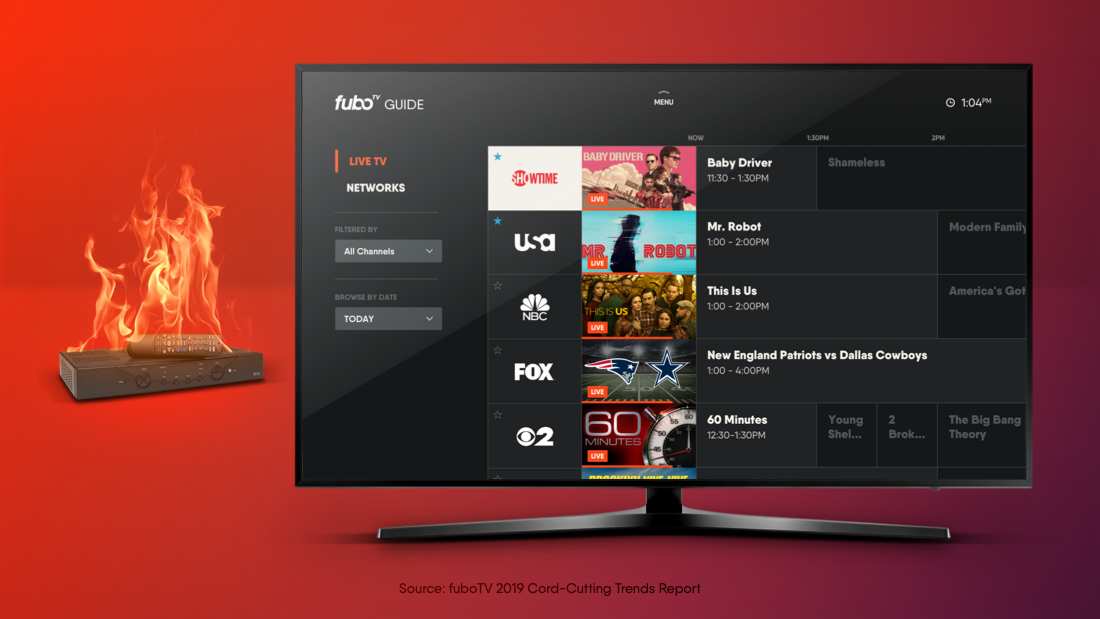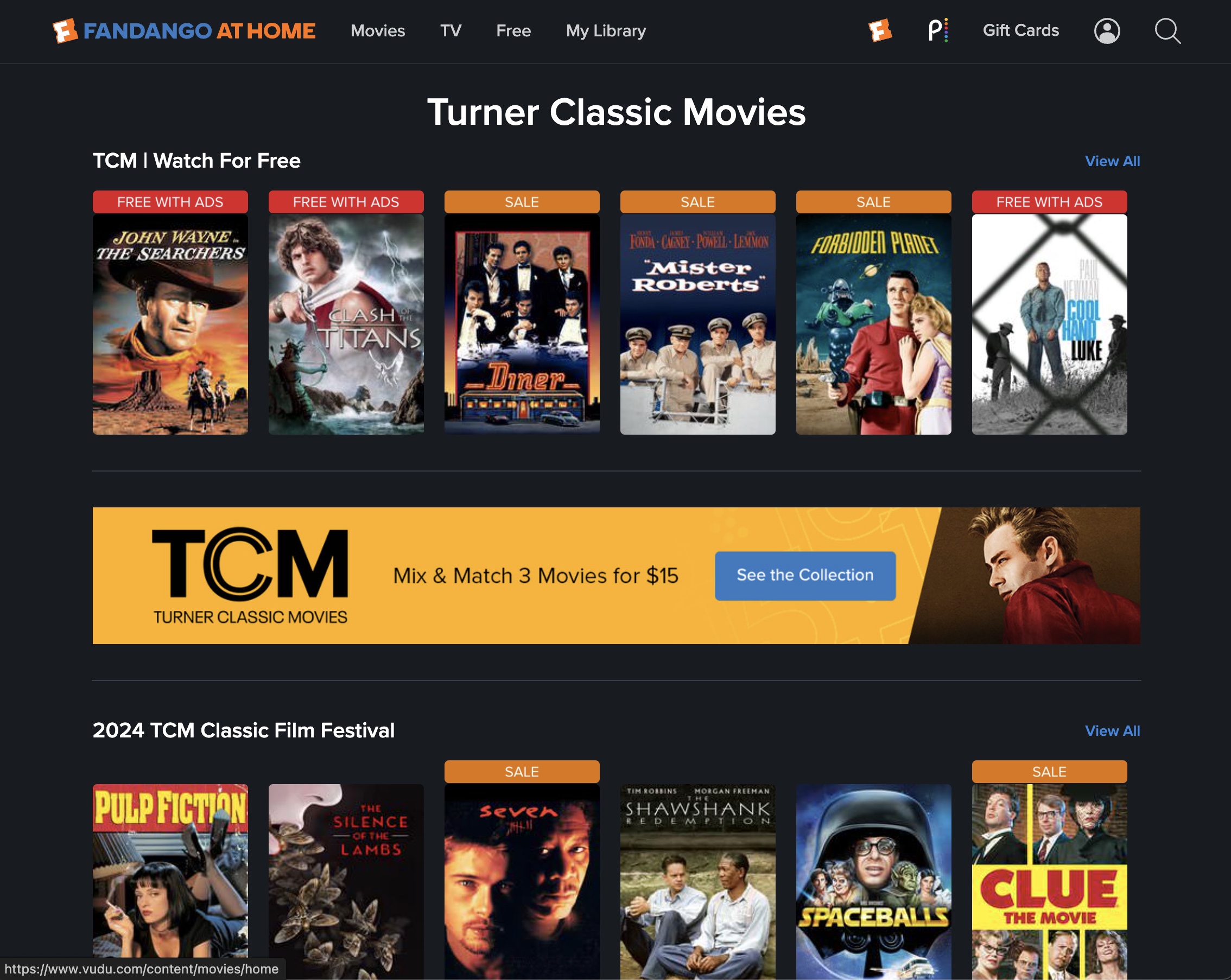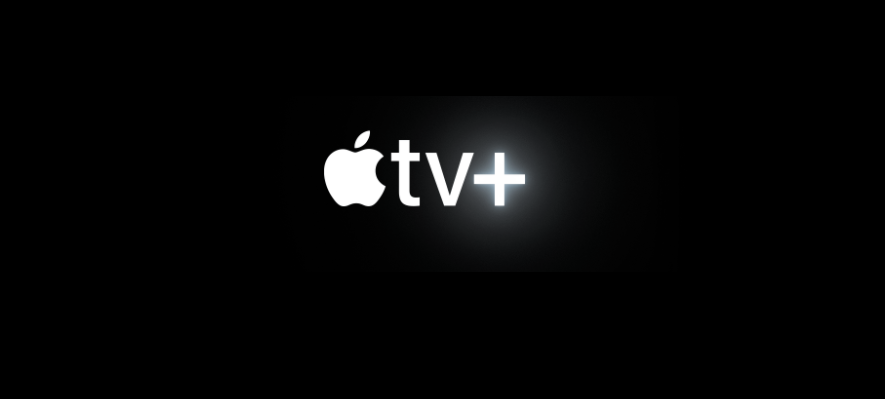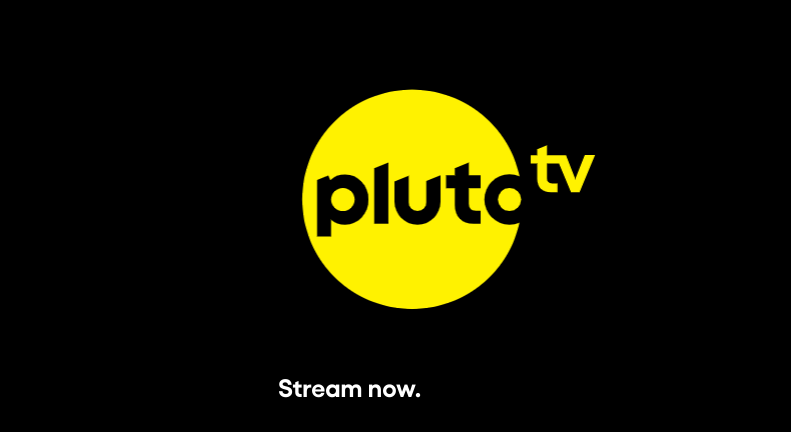In yet another example of how the industry miss read the early trends on cord cutting a new study by FuboTV, a live TV streaming option, shows that (at least in the case of its service) people would rather watch TV programming on one of those big screens than a little one. The study which looked at viewing trends among FuboTV subscribers noted that its subscribers watch 103 hours of programming per month. And 93 of them are via TV connected devices. That means people are using Roku, Fire TV or Apple TV and not their phone to watch the majority of their content.
This does not come as a big surprise. When speaking with executives from other apps built around TV viewing for example, NewsOn (an app built to deliver live local news from around the country) it was noted that far more people watched the app on connected TV devices than mobile. It’s essentially a learned behavior. There are other factors that work to make content viewing more palatable to TV’s then smaller screens.
It’s the format that programming is filmed to accentuate. Those of us above the age of 30 grew up with notations along the lines of “this film has been modified in order to fit a TV screen” Well now that TV’s are built rectangular that is no longer an issue. Therefor TV and Film is already good to go on a TV format. Technically it is already filmed in a way that optimizes the shape of a phone as well provided people take the step to turn it sideways. But the thing is that movies, sports and news are still filmed with an understanding that people will be watching on something 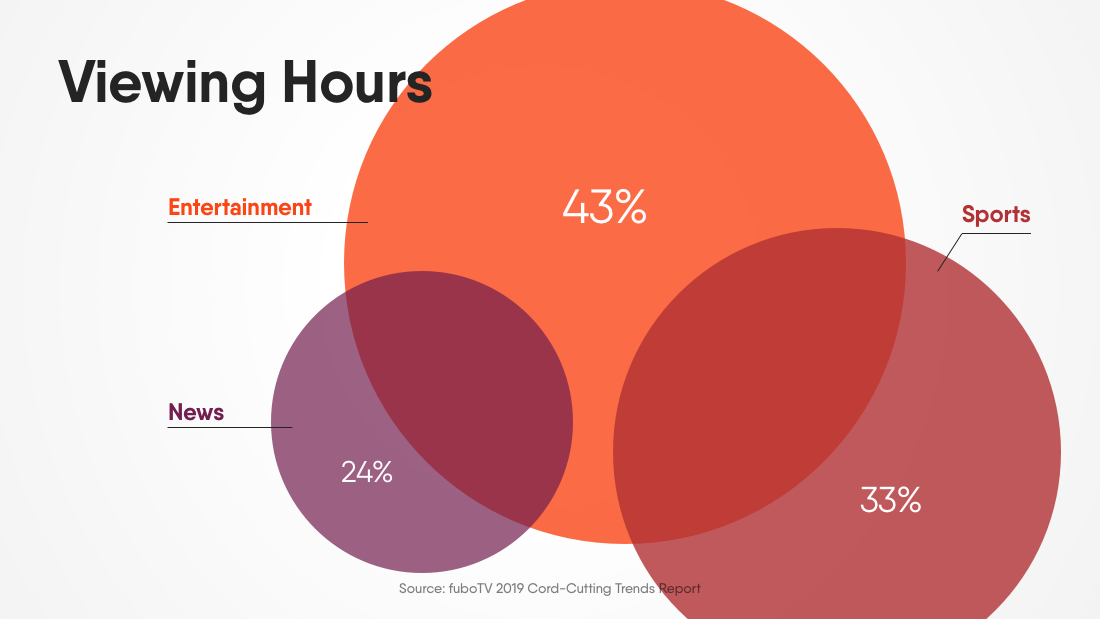 bigger than a 7 inch phone screen. That affects everything from graphics and close captioning to the small details that make a scene memorable. Who in their right mind, given a choice between watching a big blockbuster movie on an Android phone or on a 50 inch 4k TV would choose the phone? The study also points out that live TV cord cutters are increasingly families. That again lends itself to TV viewing. Families do not gather around the cell phone or iPad to watch the news or their favorite teams play.
bigger than a 7 inch phone screen. That affects everything from graphics and close captioning to the small details that make a scene memorable. Who in their right mind, given a choice between watching a big blockbuster movie on an Android phone or on a 50 inch 4k TV would choose the phone? The study also points out that live TV cord cutters are increasingly families. That again lends itself to TV viewing. Families do not gather around the cell phone or iPad to watch the news or their favorite teams play.
Overall it appears that the more diverse a viewer is the more likely they are to hold on to its service. FuboTV pointed out that the customers with the highest retention rates were those who watched sports, news and entertainment options. This is probably because (and this is just me talking) people who have multiple needs that can be met in one format appreciate the convenience of having it all in one place. While if a person just watches news on TV they may well find other options that fit the bill without spending for a larger package. Its viewers spent 43% of their time watching Entertainment programming, 33% with sports and 24% on news.
The most interesting tidbit about cord cutters is that despite the entire TV industry becoming an on-demand marketplace, the top add-on feature that Fubo offers is a 500 hour DVR. There was no information as to exactly what is recorded for later viewing.
There are some big questions going forward that companies need to ask themselves. Will live streaming companies continue to grow as costs for programming and features rise? Will the traditional TV industry adjust to mimic the behavior of Startups like FuboTV? When it all comes down to it, if given a choice between a cable package for $120.00 and a streaming TV package for $100.00 will people choose the streaming package instead of the already omnipresent choice? What if the costs eventually even out?

